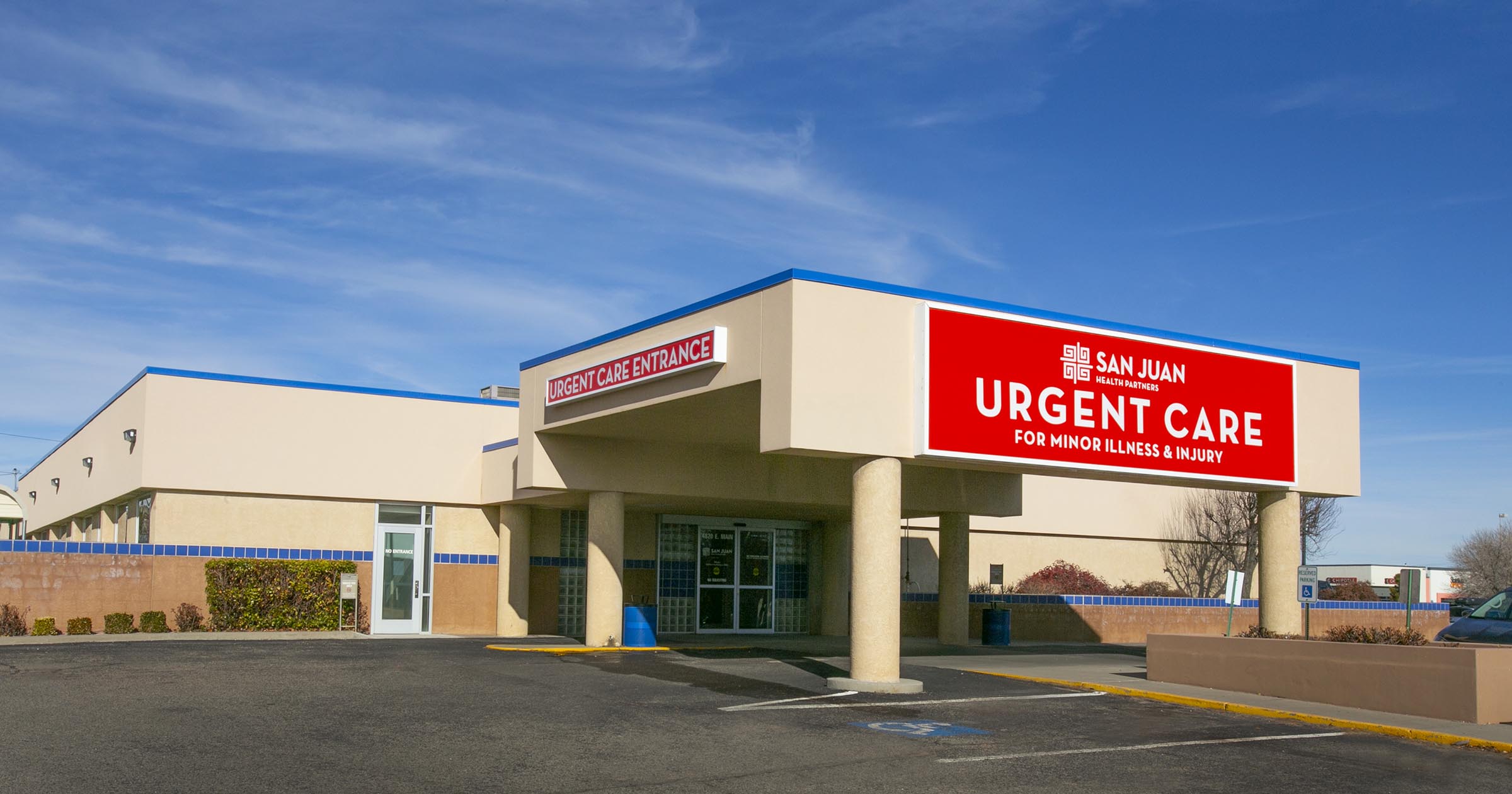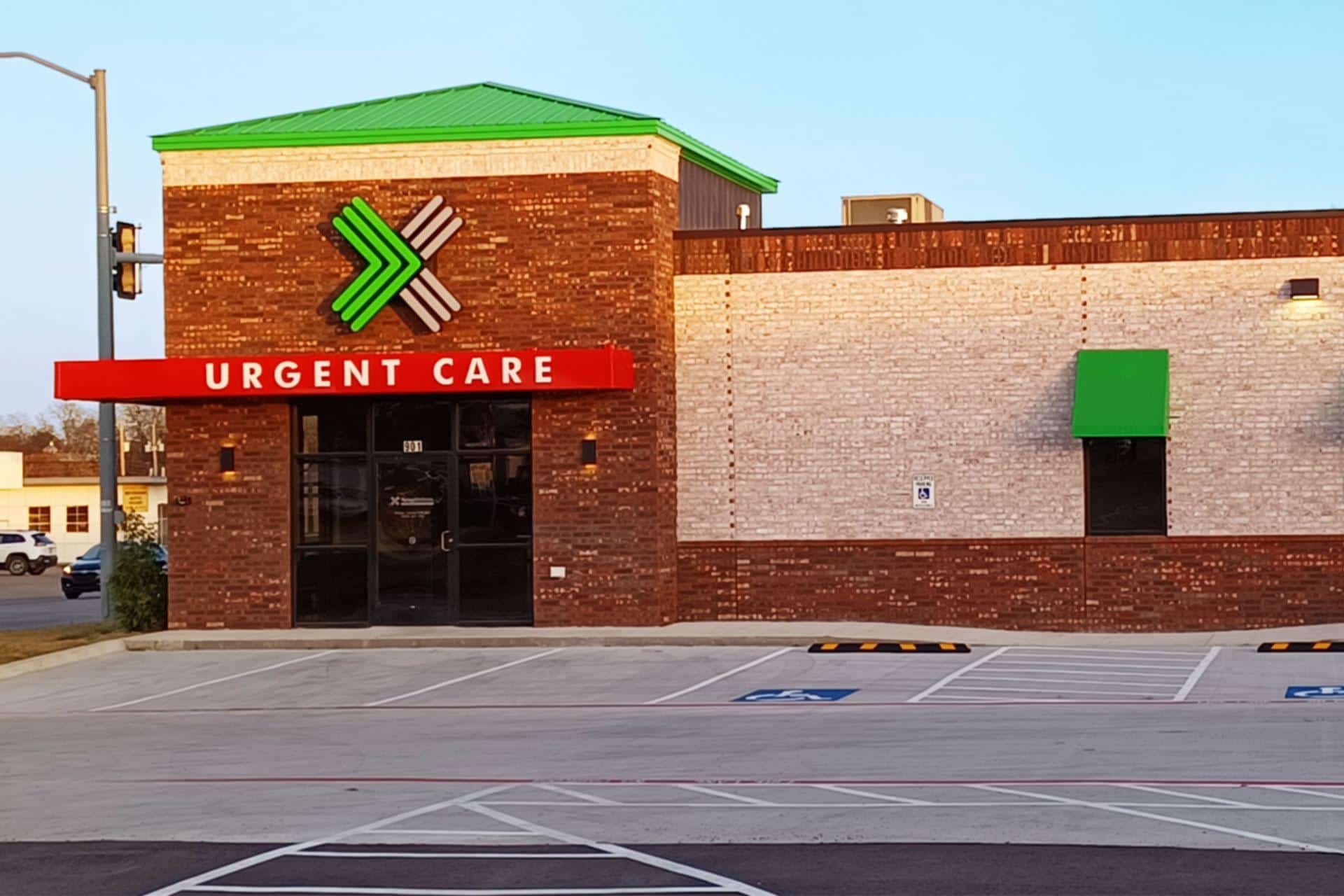Comprehending the Function of Urgent Treatment in Offering Timely Treatment for Non-Life-Threatening Conditions
Urgent treatment facilities have actually become an essential part of the health care landscape, addressing the immediate demands of people with non-life-threatening problems. By using obtainable and prompt medical services, these facilities effectively bridge the gap between medical care and emergency departments. Nonetheless, the effects of their duty prolong beyond mere ease, motivating a more detailed assessment of when and exactly how these centers are made use of. Comprehending the subtleties of immediate treatment can substantially affect patient outcomes and the total efficiency of health care delivery. What variables add to their expanding significance in modern medicine?
What Is Urgent Treatment?
Immediate care refers to a group of medical services made to deal with non-life-threatening problems that need immediate interest. These centers work as an intermediary between health care medical professionals and emergency clinic, offering a practical choice for people that need timely treatment without the extensive waiting times generally related to emergency situation divisions.
Urgent care centers are normally staffed by physician, including doctors, registered nurse experts, and physician assistants, that are trained to diagnose and treat a broad variety of problems. Typical solutions provided by these centers include treatment for minor injuries, illnesses, and infections, as well as diagnostic tests such as X-rays and laboratory work.
The availability of urgent care is a key consider its allure, as lots of facilities run past routine office hours, consisting of nights and weekends. When their primary treatment supplier may not be available, this extensive schedule allows people to get timely treatment. Additionally, immediate care centers frequently accept walk-in individuals, getting rid of the demand for visits. Overall, immediate care plays an essential function in the healthcare system, making sure patients can access vital medical solutions quickly and successfully.

Many people might find themselves uncertain regarding when to seek treatment at an urgent treatment center rather of a main care physician or an emergency area. Urgent treatment is developed to resolve non-life-threatening conditions that call for prompt interest but are not serious adequate to necessitate an emergency space browse through.
Normally, one must consider immediate look after problems such as small cracks, strains, cuts requiring stitches, or infections like urinary system infections. In addition, cold or influenza signs and symptoms, rashes, and allergies can also be properly taken care of in this setting.
It is important to keep in mind that immediate care is not suitable for serious emergencies, such as breast pain, problem breathing, or extreme blood loss, which necessitate instant emergency situation room intervention.
Individuals that do not have accessibility to a health care physician or can not protect a prompt consultation might also take advantage of urgent care services. Eventually, recognizing when to make use of urgent care can lead to much more effective health care shipment, permitting people to obtain the appropriate degree of treatment based upon their particular health demands.
Advantages of Urgent Treatment Centers
Picking immediate care centers for non-life-threatening problems supplies numerous benefits that improve person experience and access. One key advantage is the lowered wait times contrasted to conventional emergency clinic. Immediate care facilities normally operate a first-come, first-served basis, permitting clients to receive timely clinical interest without the long hold-ups commonly linked with medical facility settings.
Additionally, immediate treatment centers provide extensive hours, including evenings and weekend breaks, suiting individuals with varying schedules. This adaptability guarantees that individuals can look for care when it is most hassle-free for them, additionally promoting prompt intervention.

Moreover, these centers usually use an extensive range of services, consisting of diagnostic tests and small procedures, all under one roof covering. This loan consolidation of solutions not only streamlines the individual experience but additionally promotes a more natural method to managing non-life-threatening wellness problems, inevitably profiting general patient results.
Typical Conditions Treated
At immediate care facilities, a selection of non-life-threatening conditions can be successfully treated, supplying patients with timely and obtainable medical assistance. These centers are specifically adept at attending to concerns that require timely focus however do not pose an instant threat to life or more tips here arm or leg.
Common conditions dealt with at immediate care centers consist of minor injuries such as strains, fractures, and stress. Furthermore, they handle illnesses like colds, influenza, and infections, including urinary tract infections and sinusitis. Skin disease, ranging from rashes to insect bites, are also frequently resolved. Immediate treatment facilities are equipped to carry out required diagnostic tests, such as X-rays and laboratory tests, enabling them to offer extensive care.
Moreover, urgent treatment service providers can carry out inoculations, assisting to protect against the spread of infectious diseases - Urgent Care. They additionally use services for minor treatments, such as suturing wounds or draining abscesses. By supplying these diverse solutions, immediate care centers play a vital role in linking the space between key care and emergency services, ensuring people get prompt treatment for a variety of conditions without the requirement for long haul times usually related to emergency clinic
Just How Urgent Care Supports Medical Care System
Urgent treatment centers play a critical function in sustaining the overall healthcare system by relieving the problem on emergency situation departments and giving timely access to healthcare for non-life-threatening conditions. By taking care of situations such as small injuries, infections, and health problems, immediate care centers enable emergency divisions to concentrate on even more vital people requiring instant interest.
In addition, urgent treatment facilities enhance health care availability, offering prolonged hours and an easier alternative to standard medical care setups. This accessibility is especially valuable for patients who may not have a routine doctor or who need instant therapy beyond regular office hours. As a result, urgent care facilities effectively decrease enhance and wait times individual satisfaction.
Additionally, urgent treatment facilities add to cost savings for both patients and the healthcare system by providing lower-cost services contrasted to emergency departments. This monetary effectiveness is important in an era of rising healthcare costs, allowing individuals to get required care without incurring expensive expenses.
Conclusion
Finally, immediate treatment centers play an important role in the healthcare system by supplying timely treatment for non-life-threatening problems. By linking the space between primary treatment and emergency clinic, these centers guarantee that clients receive prompt medical attention without the extensive wait times generally associated with emergency departments. The access and effectiveness of urgent treatment centers add substantially to easing the overall problem on healthcare sources, improving individual outcomes, and promoting a much more effective medical care delivery system.
Immediate care centers have actually emerged as an important part of the health care landscape, addressing the instant needs of clients with non-life-threatening conditions. Urgent great post to read treatment check outs generally incur reduced out-of-pocket expenses contrasted to emergency division sees, making treatment extra cost effective for clients without endangering top quality. Immediate treatment centers are furnished to execute required analysis examinations, such as X-rays and research laboratory tests, enabling them to give comprehensive care.
By using these varied services, immediate care centers play a crucial duty in bridging the space in between key treatment and emergency situation solutions, guaranteeing individuals obtain timely treatment for a broad variety of problems without the requirement for lengthy delay times generally connected with emergency situation spaces.
In addition, my explanation immediate treatment facilities boost healthcare ease of access, providing extended hours and a more practical option to typical key treatment setups.